Office for Students with Disabilities accommodates increase
With 12 percent more students registered with the OSD, its staff is working to accommodate them all.
Junior communication major Nick Williams receives accommodations for his physical and mental disability. Mohammed F. Emran | Asst. Creative Director
November 6, 2015
With a growing community of students in need of accommodations, the Office for Students with Disabilities is looking to enlarge its staff because of a 12 percent increase in registered students.
The OSD provided services for 1,097 students in the 2014-2015 academic year, making up 3.6 percent of the student body, according to the annual report.
With overall increases in students who fall on the autism spectrum, alongside those with learning disabilities and physical impairments (see sidebar), the OSD is working to make sure all students registered are getting the proper accommodations.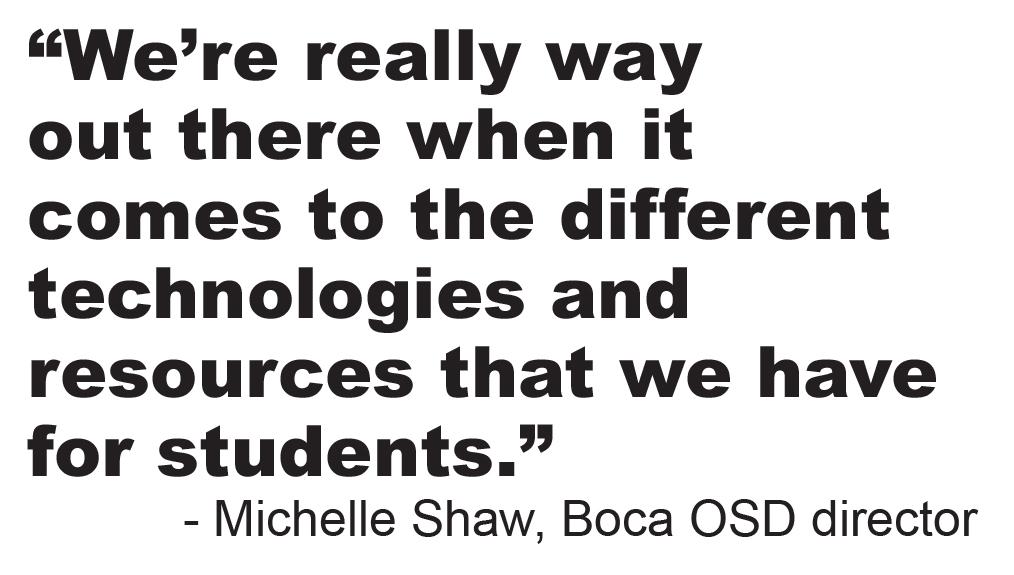
“I think that students with disabilities on campus would be at a loss without the OSD,” said recent graduate Danielle Agrillo.
Agrillo was a recipient of the OSD’s services on the basis of her physical disability,“ she said. Without the programs, disabled students wouldn’t have the opportunities that they have and wouldn’t be able to graduate and become productive members in society.”
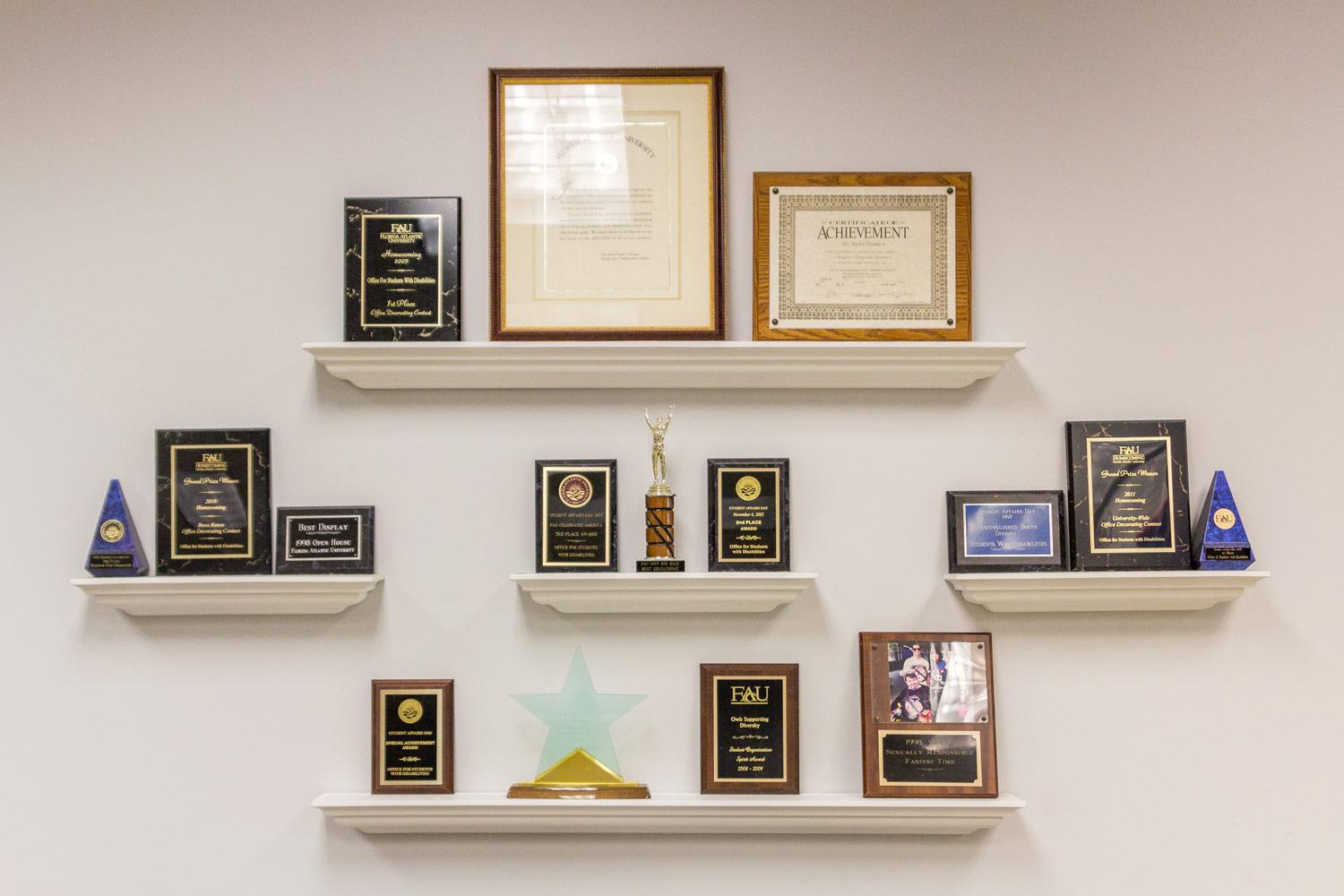
Other schools, like Florida International University, are also serving a large number of students with disabilities; however, not all are seeing the increase in numbers like FAU.
There are currently 1,688 students registered with FIU’s Disability Resource Center, according to Martha Betancourt Wong, the assistant director of administrative services at the DRC.
FIU’s 2013-2014 Student Affairs report shows that the DRC “served more than 1,800 undergraduate, graduate, law and medical students.” That means the center was serving approximately 3.4 percent of students enrolled at the time.
They had a total enrollment of 52,980 in the fall of 2014, according to 2013-2014 annual accountability report.
Attributing the spike to an increase in available knowledge, Florida Atlantic’s Boca Raton OSD Director Michelle Shaw said, “I think right now more and more students know [about available services]; they’re getting educated in high school that they do have the opportunity to go to college, whereas maybe before, they may not have been given that information.”
Students registered with the OSD have access to services including extended time on exams, assistive technology and counseling services.
“We’re really way out there when it comes to the different technologies and resources that we have for students,” said Shaw. “We do go above and beyond where others are right now, we want to keep going that way, we want to keep moving forward and seeing what’s the best next thing to come.”
The OSD also has several forms of technology to assist an array of handicaps. Kurzweil 1000 and Read and Write Gold are programs that help students with learning disabilities like dyslexia and attention deficit hyperactivity disorder. JAWs, a text-to-speech program, reads text for visually impaired students, and a Tiger Embosser prints schoolwork out in braille.
There are also one-handed keyboards and TrackerPro Mice that track the head movements of a student with limited hand mobility.
Junior communication major Nick Williams is one of many students that is currently registered with the OSD. Involved in a car accident during his junior year of high school, Williams suffered a traumatic brain injury and was paralyzed from the chest down.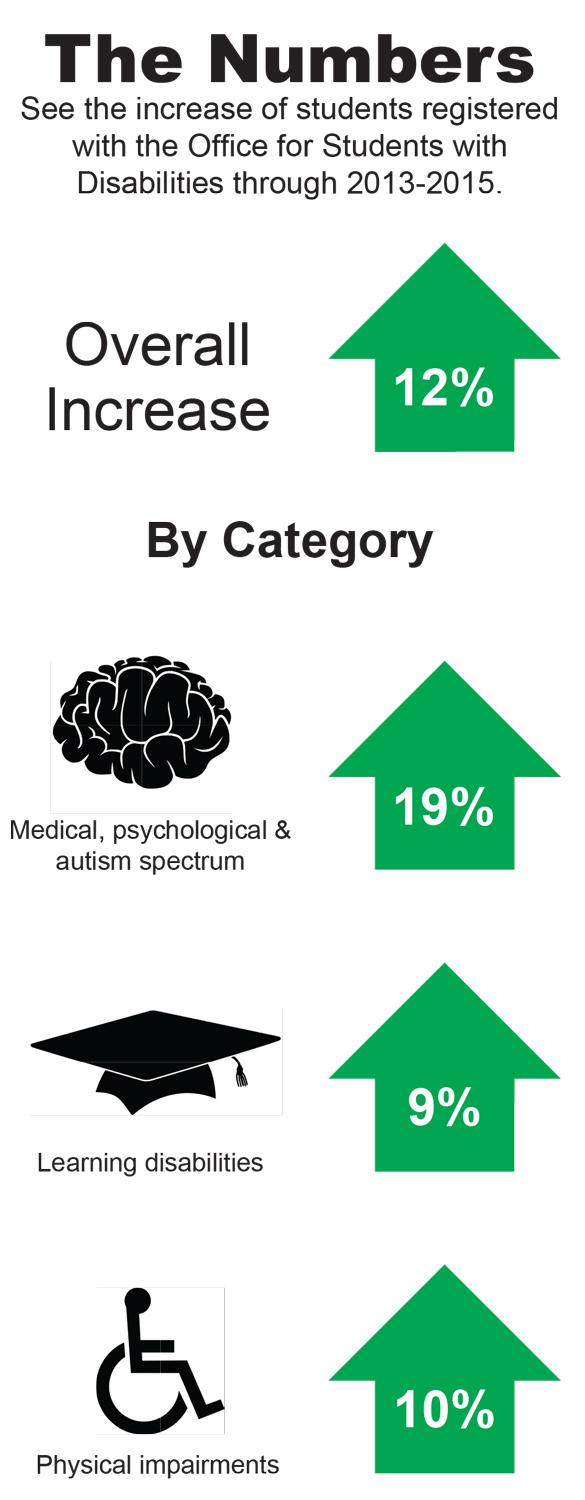
After taking time to rehabilitate and graduate high school, Williams decided that he wanted to go to college.
“FAU has been a great place to transition. I knew they would have wheelchair access, but I didn’t know they were going to be so knowledgeable as far as brain injuries go,” said Williams. “There are so many accommodations they have made, as far as the note taker, double time on my testing, seating in the front row at a special desk and all these things.”
He has noticed an influx of students, but says that it hasn’t affected the responsiveness of the OSD. “It’s a little more crowded at the OSD, but the counselors themselves, they handle everybody,” he said. “Nobody ever gets left behind. ”The office is finding new employees, including counselors.
Shaw said, “We did get one additional staff member [at the Boca Raton campus]. We’re hoping to have another one coming in shortly, a second position. It’s out there in the books, but we haven’t gotten there yet.”
The goal is to keep the student-to-counselor ratio at around 150 to one. There are currently six counselors university-wide four at Boca Raton, and one at Davie and Jupiter each.
The OSD is also utilizing resources available across campus, including using different buildings in order to house the services.
“It becomes one of those things where we have to find alternate space around campus, other departments have been very accommodating to us, such as Housing and the Center for Psychological Services and Student Health,” said Shaw. “That’s been really helpful during our peak times.”
With the rise in numbers, the question of whether or not accommodations are being abused arises; however, there is a strict process for deciding which accommodations are necessary for each case (see sidebar).
Williams said, “I do feel that there are people who might possibly be taking advantage of the system and of the accommodations, and it’s a shame … It’s gonna make it more difficult for people who need these accommodations to get them.”
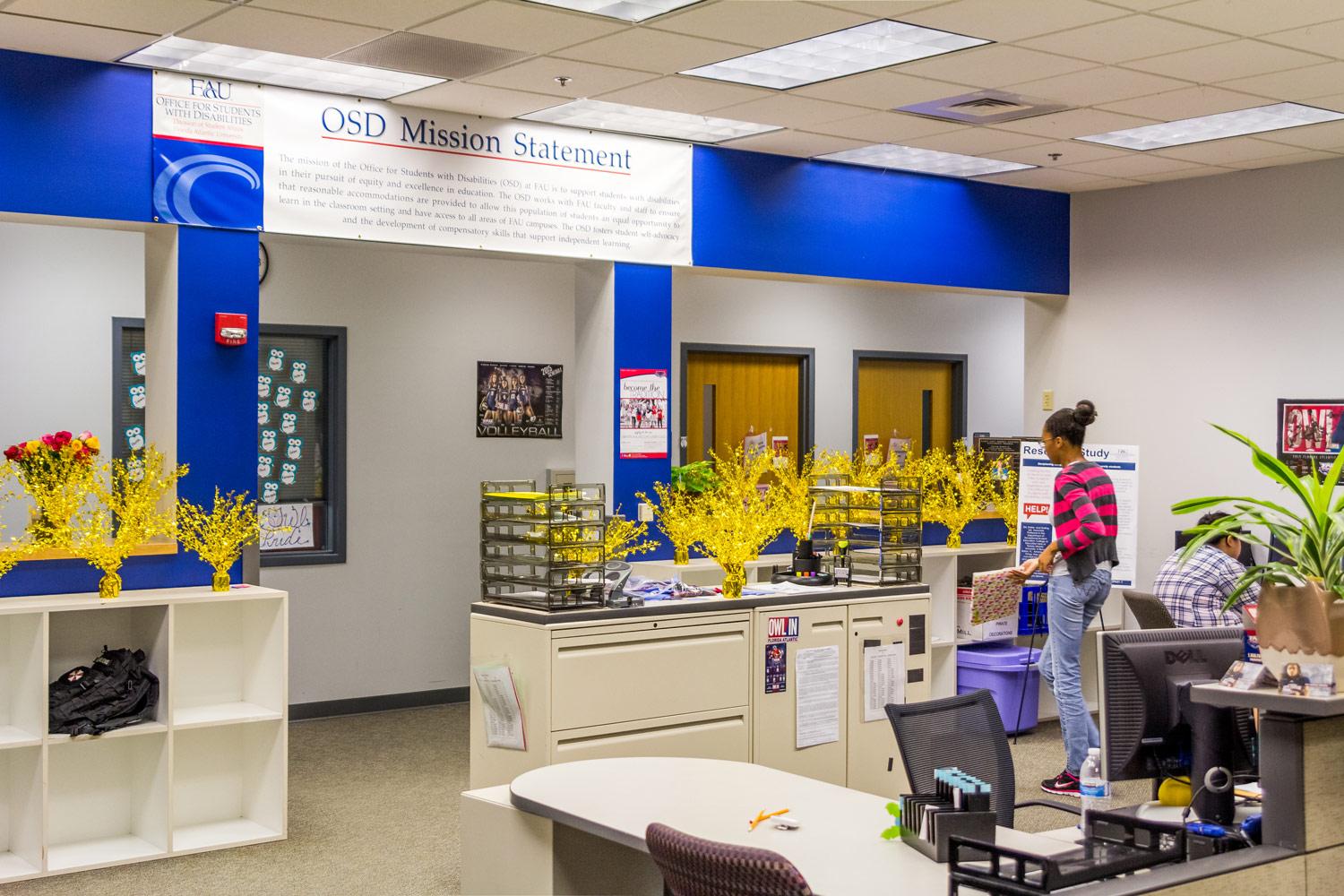
Shaw assures that the process prevents this from happening. “We haven’t had an issue with it since I’ve been here, because our standards for documentation have been pretty strict,” said Shaw. “We do that on purpose because we don’t want people taking advantage, we’re here to help those who do need it, we don’t want to give someone an unfair advantage.”
However, with the increase in workload as numbers rise, a community is being built as number rise. Williams feels that this is a positive effect. He said, “It’s nice in a sense because it makes the community a little larger. And, when there are more people, there is more awareness.”
Alexandra Vanerven is registered with the Office for Students with Disabilities.


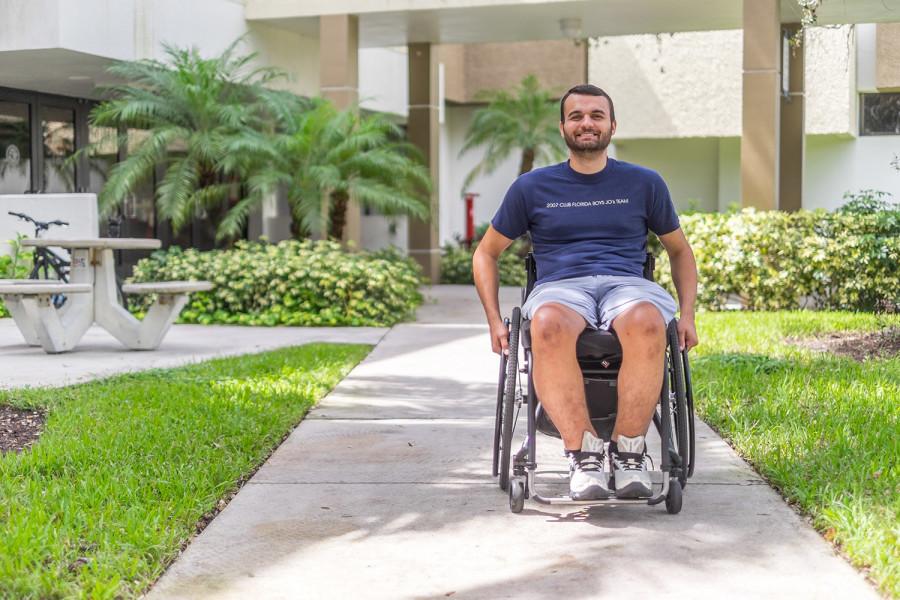




Richard J.Riccioli • Jun 25, 2017 at 8:55 am
I am 59 years old, have been SS/ disable for 8 years, have my transcript from 33 years ago.I left school because a teacher named Mr.Mendelson was fired because whole class of senior business students failed his mid term & final, he scaled the grade and passed everyone. I had no knowledge of this prior and left FAU Business School after my F on mid/ term. I reapplied to business school, was accepted no longer is QMB required for my major.I suffer with debilitating chronic back pain , 2 back sugerys getting worse.My goal was to graduate FAU.Have 128 credits 5 years full time college from 3 highly accredit College & State University from Boston.Still no degree, was my mother’s last wish for me to graduate college, she was taken from me at age 14 (unsolved crime/ cold case) murder/suicide. Personal goal & mothers spirit drives me to graduate. Please help, would like to see a students with disabilities counselor. Thanks Richard Riccioli cell # (561)929-4554. Miss Shaw please help!